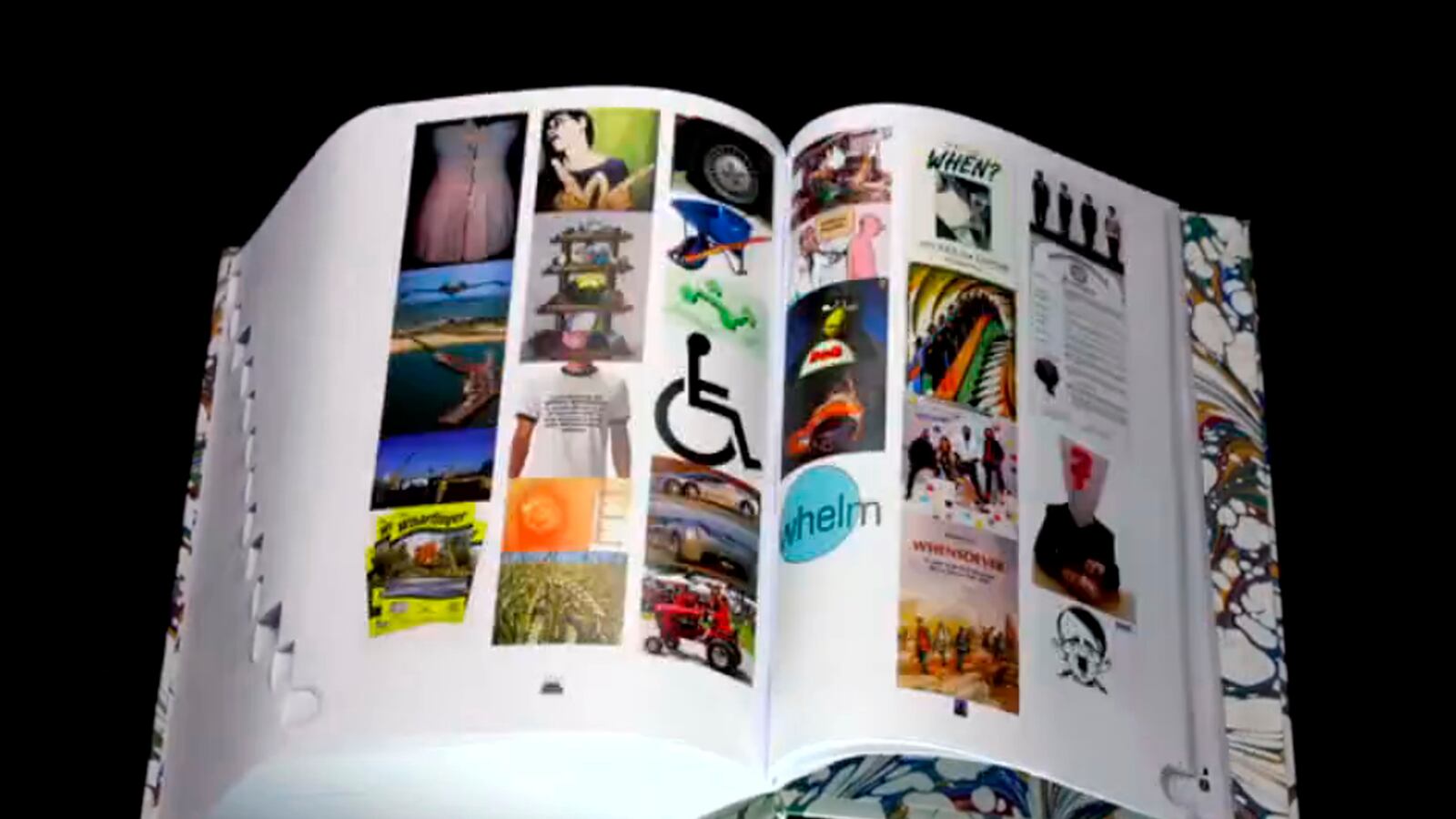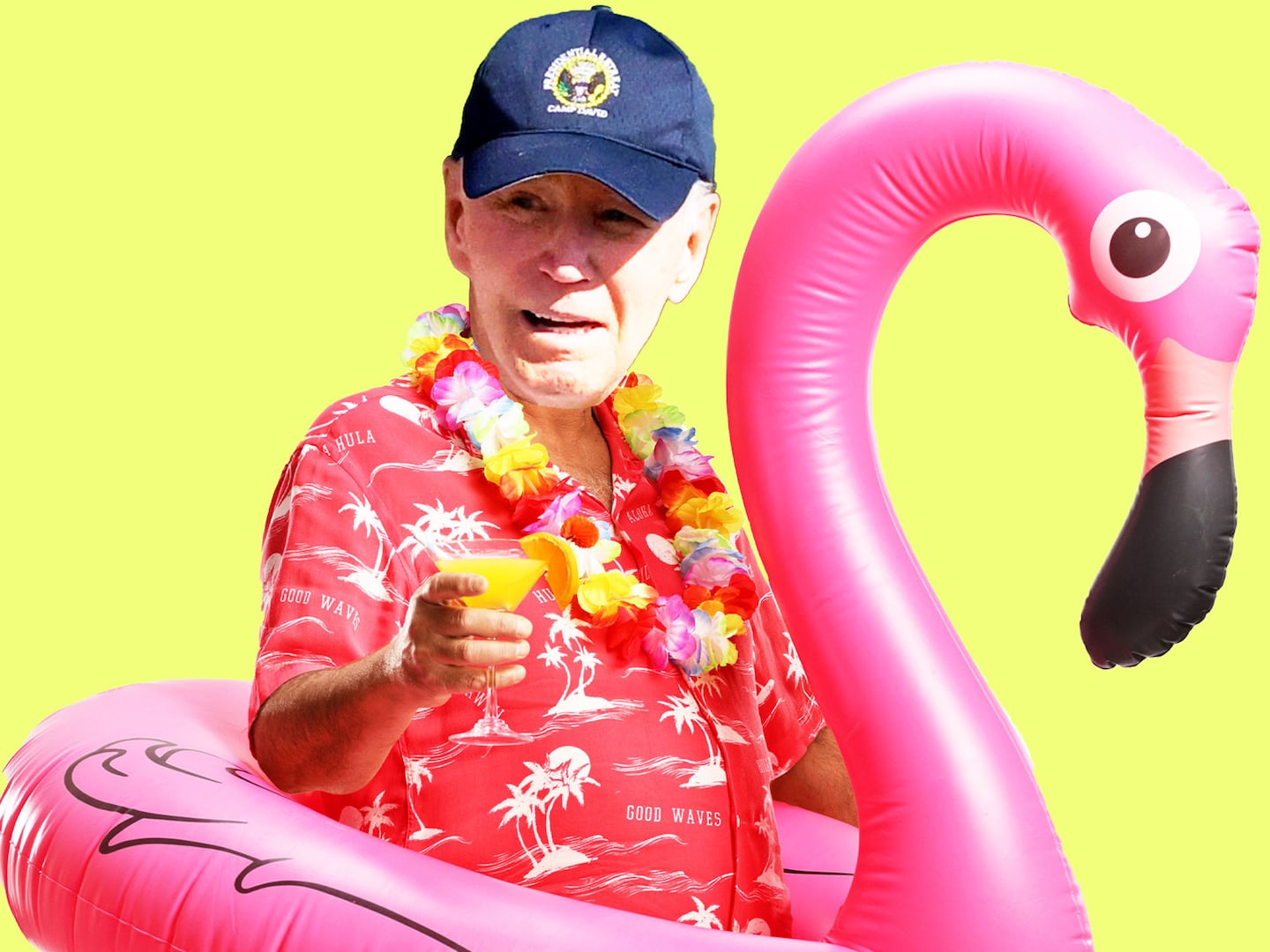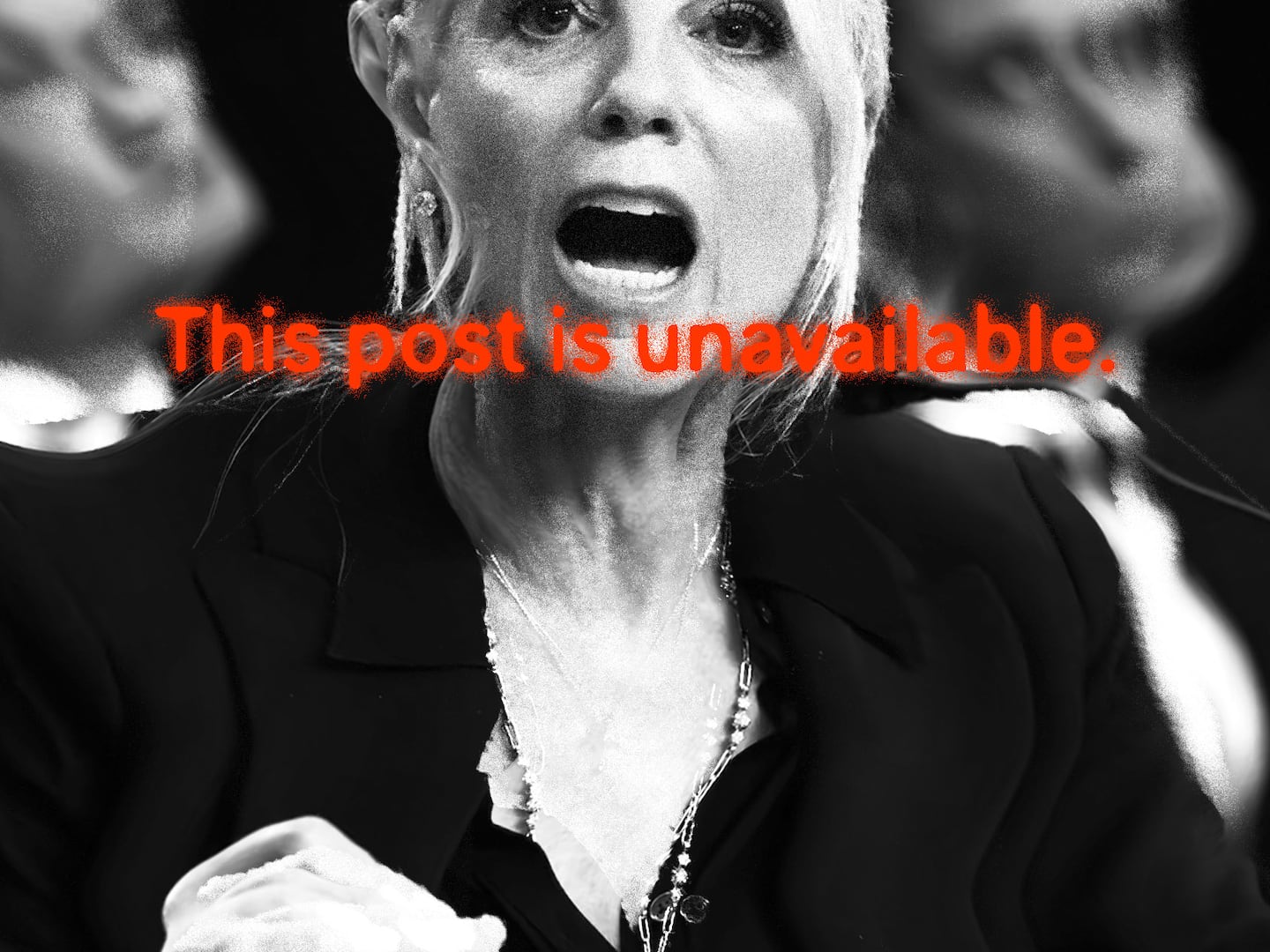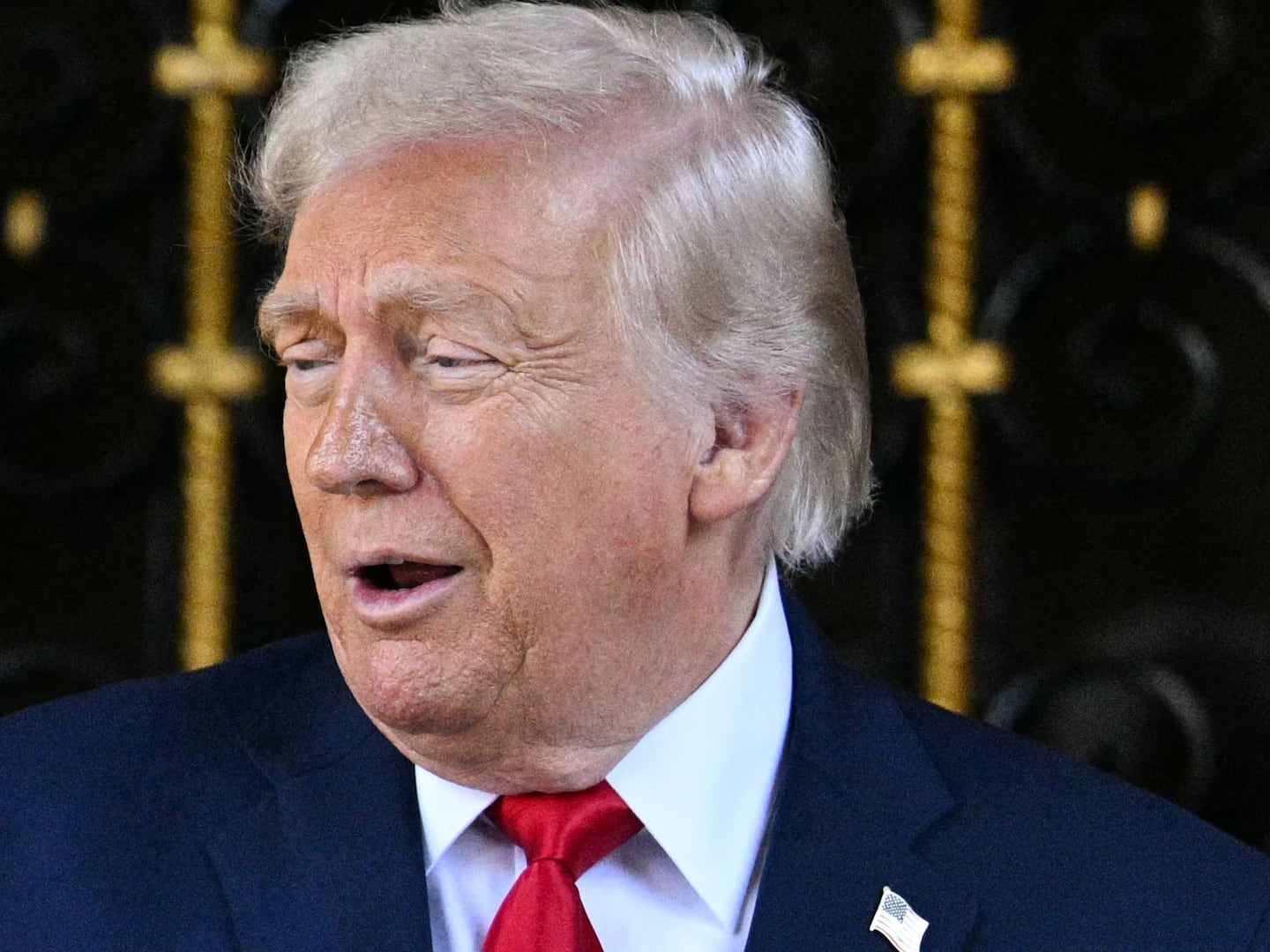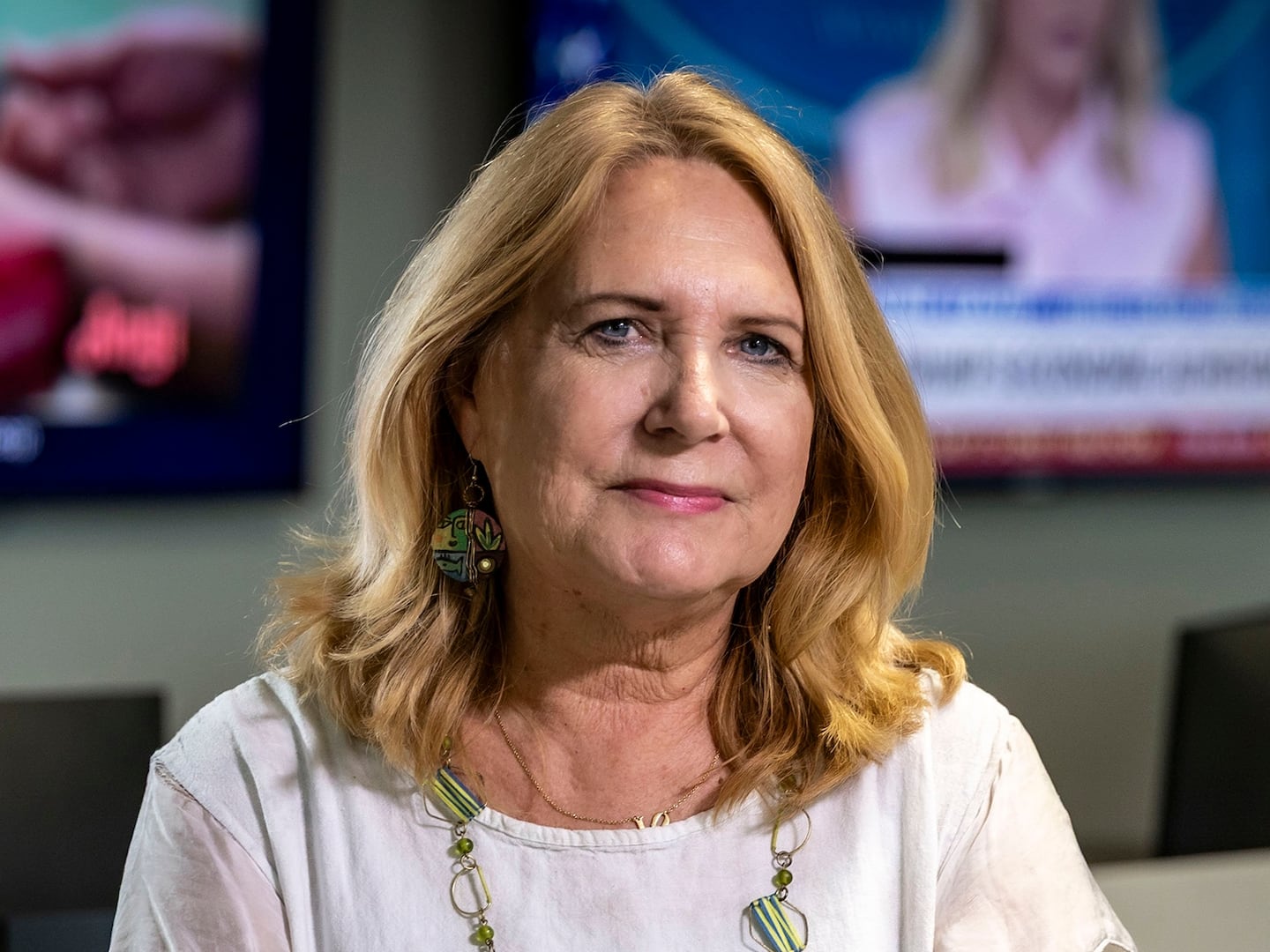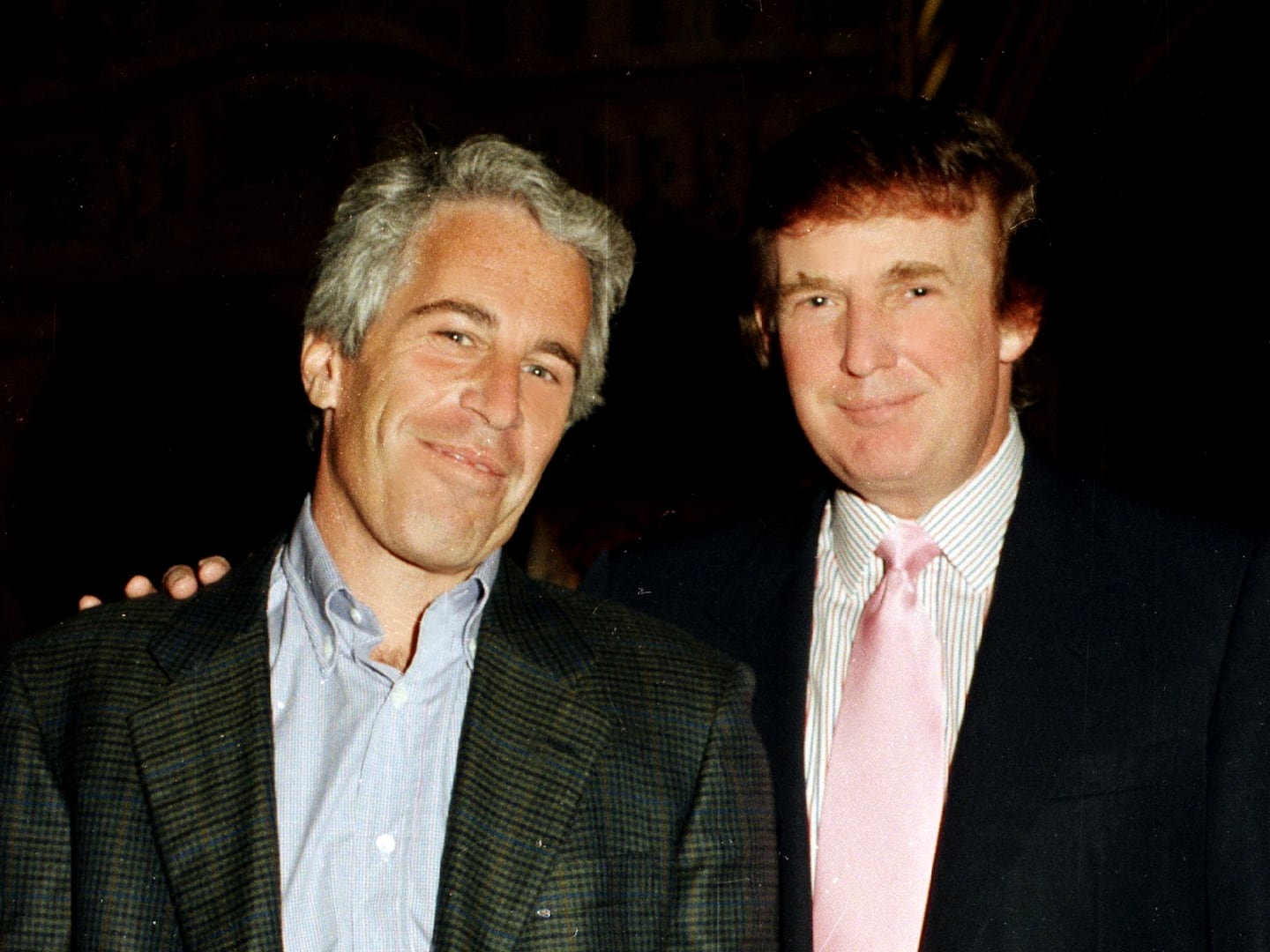What if the pandemonium of the internet was turned into something more indexical and even tangible?
Two 23-year-old designers, Felix Heyes and Ben West, conceived of and executed just that premise with Google, Volume 1. Repurposing the Oxford English Pocket Dictionary and its 21,110 entries, their directory provides a visual equivalence by way of subbing in the first outcome for each word from what they pulled from Google Images.

Behind the sleek marbled cover by Jemma Lewis lay 22,416 Google findings: each page consists of three clean columns of uncaptioned images. The words wrung through the search engine yield a vast spectrum of results: some conjure on-point and easily identifiable depictions, while many are baffling or even veer into counterintuitive territory. Thumb to any given page, and the array is stunning and absurdist. A sampling: Garfield, a horse, and a notebook; a bottle of Tide, assorted halved citrus fruits, and a poster of the film Detachment featuring Adrien Brody; a pinwheel, a pipe, slender red chili peppers, Pippin from Lord of the Rings, a cartoon pirate; a treadmill, the insignia for The Department of the Treasury; a salad, a playsuit, a Playboy cover, and a Playbill from The Producers; a blue rubber glove, a globe, a poster for Glory starring Denzel Washington, Matthew Broderick, and Morgan Freeman, a bald guy wearing a lab coat, glossy lips, and what appears to be a xylophone; The Cure, a No Entry sign, and a green eyeball; a poster for affirmative action, a wheelbarrow full of money, William Shatner smoking a cigar on the cover of Aficionado Magazine… The tome is 1,328 pages. Page one includes an image of an aardvark and an abacus; and the last page includes an image with three slices of white toast and a half cat/half human face.
A complete registry of all the words is located in the back of the book, grouped in succession in chunky paragraph form, arranged by lettered sections. The duo decided not to put the words alongside the images because, Heyes reasons, “you can use the internet to type in a word and look at a picture. Half the fun is being forced to work the book out.” Although this layout seemingly favors the visual over the linguistic, Heyes argues otherwise: “the main reason Ben and I found this project interesting is because of its base in language... Without words, this would be a book of nonsense, and nothing more.”
Initially self-published in 2012, the work was released in December by Jean Boîte éditions, an independent French publishing house, in a limited print run of 1,000. The original prototype attracted the attention of a few publishers and garnered some offers, but the two-man team behind the Paris-based publisher expressed the most personal interest—“which meant a lot,” Heyes emphasized, noting that he and West were involved in every choice in the books’ production.
“When we saw the prototype with all the images two years ago, our antennae went right up,” said David Desrimais of Jean Boite éditions. “We contacted them immediately, and ended up presenting their work in an exhibition called Welcome to Our Future. It took a year of back-and-forth thereafter to develop the finished version.” The book is available at more than 150 bookstores in France (chiefly museums boutiques and specialized photography and art bookstores, though some generalist bookshops as well) and select galleries and shops internationally (including Printed Matter in New York). Since the launch last month, half of the limited edition run has already sold.
West and Heyes are flatmates and friends in addition to being close creative collaborators. The gregarious pair met while studying at Kingston University in England; they self-initiated the project while still students. Heyes recounts: “I wanted to make Christmas cards where the front cover was a picture of Santa taken from Google images. The first card would have the first image result for the search 'Father Christmas', the second would have the second Google image result for 'Father Christmas', and so on until things got ugly.” The concept expanded into a larger vision: “Ben suggested we do it for every word in the dictionary, using Google as the filter that decides the most appropriate visual definition for a word.” And thus Google Image, a hotbed of chaos and contradiction as much as a useful resource, was boiled down from its amorphous results to one iconic depiction.
Though the execution of this formidable task seems cumbersome, the duo immensely enjoyed the gathering process: “We were as surprised by the results as anyone else,” Heyes confides. Moreover, the inherent constraints of the project, guided by the pre-established format, were quite helpful. Heyes says: “The great thing about this project is we had to deny ourselves almost any artistic license. We didn't decide on the pictures, the layout was based on the layout of the dictionary and so was the cover.” Currently part of a young design collective in London called King Zog, Heyes and West have done branding, logos, posters, and installations (including a “6 metre tall arm made of hands”).
Google Volume 1 deals both with digital information and the physical book object: it provides a crossover between these media elements so often at odds, and an intersection of visual and linguistic data. “It's interesting seeing something digital—which changes continuously because of its nature—stuck down on paper,” Heyes reflects. And as the “Volume 1” of the title indicates, this book is just the first in a line of planned publications (“2012—?” is how the project is posited on their website). Google Images is an ever-evolving digital creature; to match this reality, new tomes published annually will reflect the progressive changes in visual representation. This tactic offers an almost anthropological window into the development of the Anglophone imagination—as monitored by the search engine, at least. It’s a witty yet telling way to map out how answers to the same question continually devolve with modern tools.

